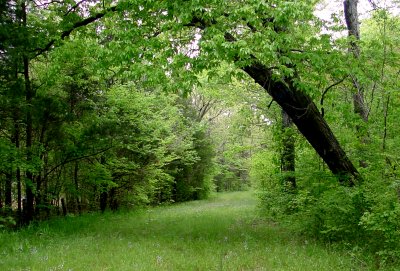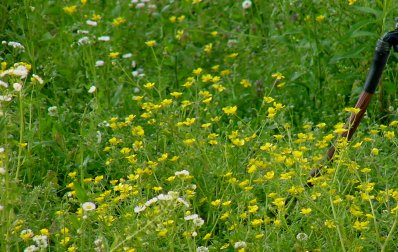The land was sold, with provisions as set forth in the second paragraph of page 777:
“Reserving nevertheless to him the said Jacob Switzer and to the said Catharine & to the survivor of them during their natural lives and the life time of the survivor of them the house in which they now reside on said premises with the appurtenances – also the truck patch which lays North West of said house containing one quarter of an acre & the orchard which lays East of said house and contains one and a fourth acre – also one half of the garden – also all of the rights and privileges set forth in an article of event date herewith entered into between the said Deemer & said Switzer which said article and all the covenants therein contained on the part of the said Deemer, are hereby expressly charged upon said real estate which is hereby conveyed subject to the same...”And the legalese continues on page 778. In the portion just prior to the signatures is wording that I've never seen in a deed record before:
“And I the said Catharine wife of the said Jacob do hereby, in consideration of the money paid to my said husband, remise, release, and forever quit claim to the said Daniel Deemer and to his heirs and assigns, all my right and title of dower in and to the above described premises.”The Article of Agreement between Daniel Deemer and Jacob Switzer and Catharine Switzer was made and concluded on the 10th day of February A.D. 1847 (beginning at the bottom of page 778 and continuing on to page 779).
“That whereas the said Switzer & wife have this day conveyed to the said Deemer the South half of the North East quarter of section number thirty three in township number fifteen in Range number three, in said county for the consideration of two thousand dollars & other considerations – fifteen hundred dollars of which consideration is given to the said Deemer who is the son-in-law of said Switzer & wife – And whereas the said Switzer & wife have made in said deed certain reservations – therefore , the said Deemer covenants & agrees to pay the said Jacob Switzer (as the balance of the consideration of said $..) the sum of five hundred dollars as follows – one hundred dollars on the first day of April 1847 – one hundred dollars on the first day of April 1848 - $100 on the first day of April 1849, $100 on the first day of April 1850 – and $100 on the first day of April 1851 – in accordance with five promissory notes of even date herewith.
“And it is further agreed between the parties that the said Jacob Switzer & Catharine his wife, and the survivor of them, shall reserve for their own use & for the use of the survivor of them the house on said premises in which they now live – also the privileges of the yard around the same – also the truck patch North West of said house of about one quarter of an acre – also the orchard which lays East of the said house containing about an acre and a quarter, also one half of the garden – also pasture and hay from off said premises for one horse and two cows, and stable room for one horse and two cows, also pasture and stabling for two hogs – also the said Switzer & wife or the survivor of them to have one third of the chickens, which shall grow from said premises (the said Switzer & wife to feed said one third thereof.)
The said Switzer & wife also reserve as much fire-wood as they need for their own use (they to cut & haul the same) also the said Switzer & wife to have the manure from said farm for their truck patch & garden as much as they may want for their lives or of the survivor – all of which right and privileges the said Deemer covenants to furnish & guaranty to the said Switzer and wife during their natural lives and the life of the survivor of them. And for the security of the said Switzer & wife, all the above privileges rights and covenants of the said Deemer are hereby charged upon the said premises. In testimony whereof we have hereunto set our hand and seals this day & year above written.”The Deed was Signed by Daniel Deemer, Jacob Switzer and Catharine Switzer (with her mark).Attested by Edward Carroll and Beulah R. Wright Carroll
The legal stuff continues on page 780. However, I somehow managed to miss scanning that page while at the Family History Library earlier this year! Hopefully there is nothing of major importance included on that page!

Columbiana County, Ohio Deeds Volume 38 page 777 (FHL Film 926944)

Columbiana County, Ohio Deeds Volume 38 page 778 (FHL Film 926944)

Columbiana County, Ohio Deeds Volume 38 page 779 (FHL Film 926944)

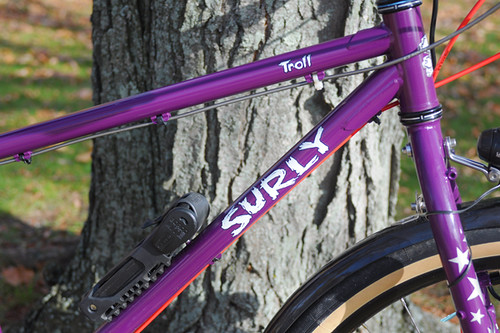

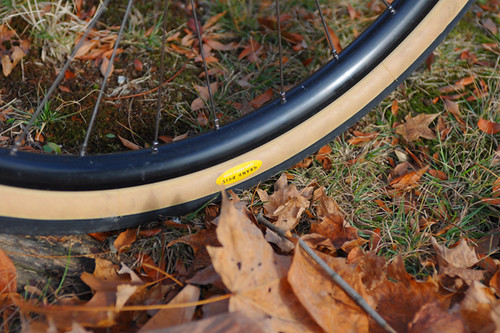

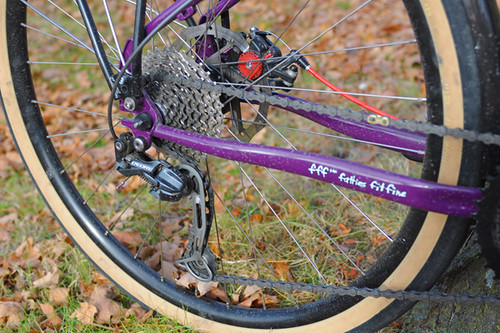
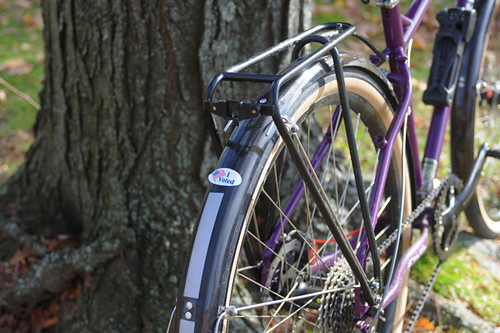
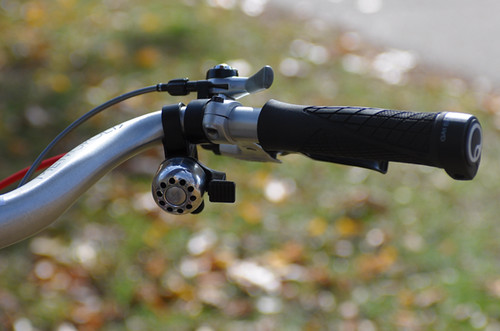

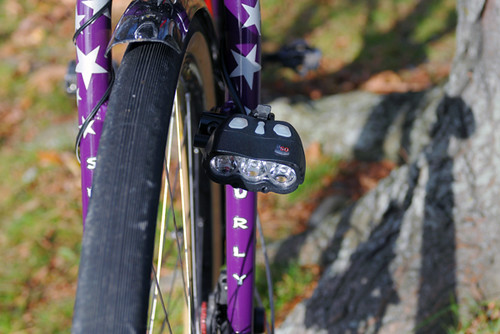
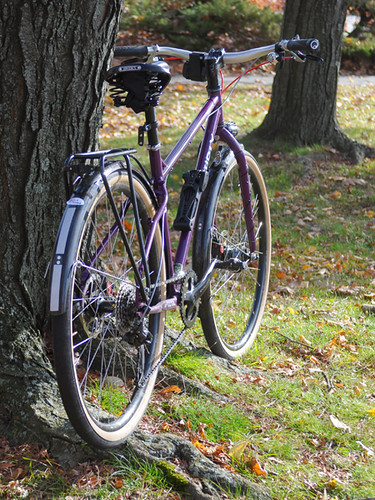


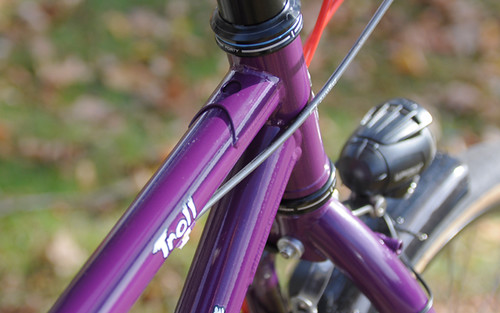


 Photo Copyright © 1978/.. by Rebeckah R. Wiseman
Photo Copyright © 1978/.. by Rebeckah R. Wiseman

 Photos courtesy of the V. and N.
Photos courtesy of the V. and N.








 we went to a feedstore one evening to get some feed tubs for my horses, (heck of a note when you go 250 miles to get feed tubs for horses), Landmark Feedstore in Mesquite, NM. They have a few animals for people to see such as Clyde the Camel, a steer, a bison, some miniture donkeys, a horse, some pigs, and sheep. It was almost dark but the photos didn't come out that bad.
we went to a feedstore one evening to get some feed tubs for my horses, (heck of a note when you go 250 miles to get feed tubs for horses), Landmark Feedstore in Mesquite, NM. They have a few animals for people to see such as Clyde the Camel, a steer, a bison, some miniture donkeys, a horse, some pigs, and sheep. It was almost dark but the photos didn't come out that bad.









